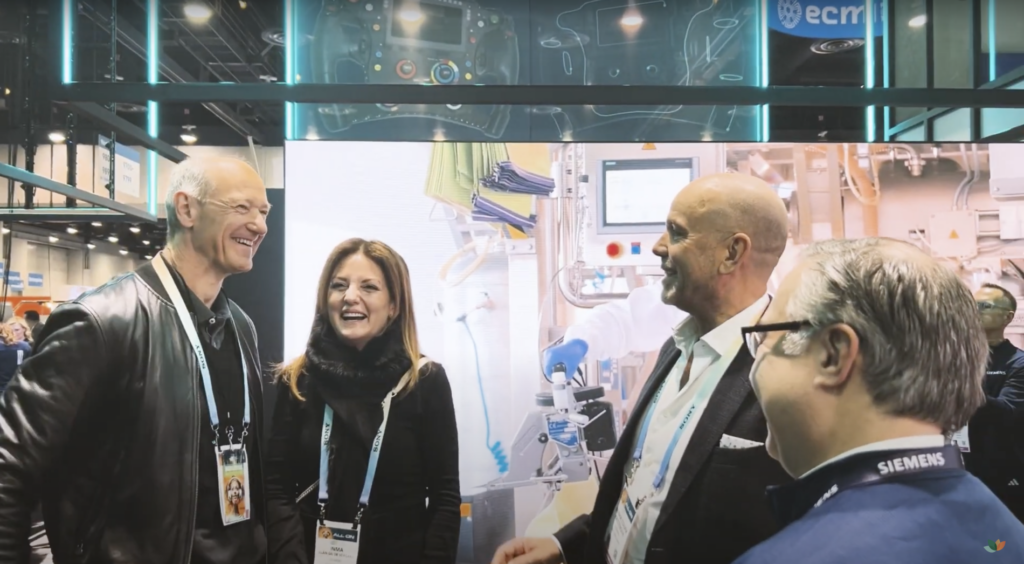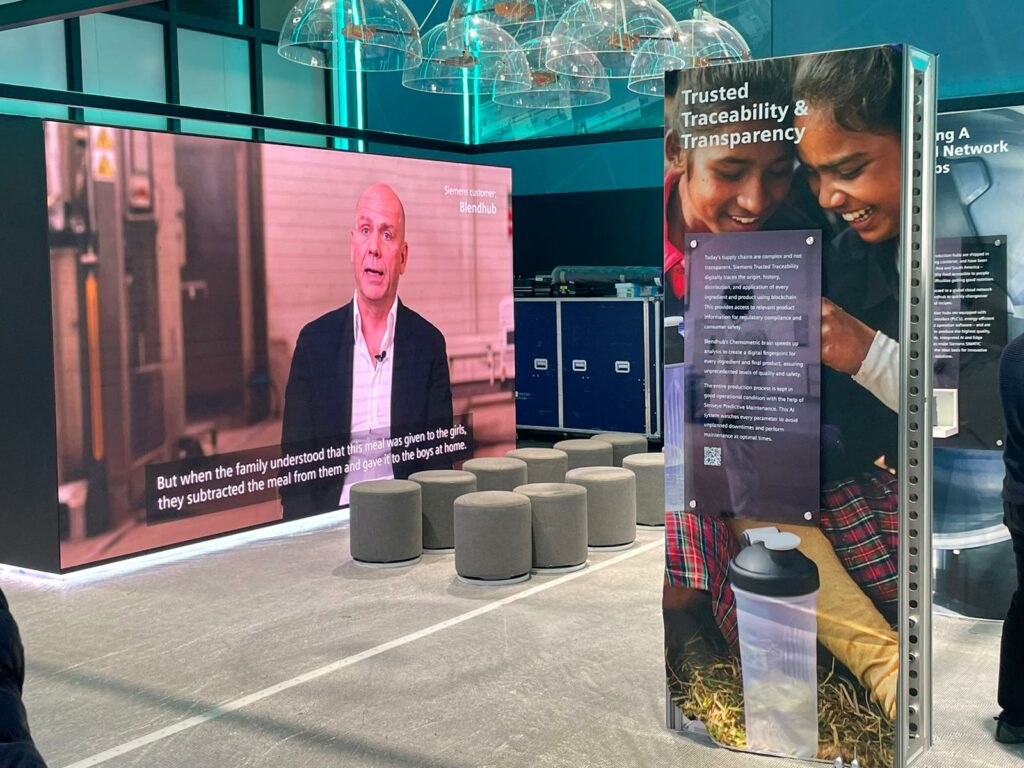Processes and structures for innovation are changing. The digital revolution has democratized the access of innovators to equipments, manufacturing systems, as well as knowledge. Innovation has been accelerated and companies are looking beyond their internal research and structures to connect with external inputs. In this context, collaborative innovation is a mindset that enables to quickly bring new products into the market while open innovation platforms appear as a new structure for innovation. Regarding the change that openness is forcing on corporations, I find the following article, really interesting: “Innovation from everywhere” by Eamonn Kelly, Thomas Jankovich & Duleesha Kulasooriya, publised in the website of Deloitte University Press.
The article highlights how innovation has evolved in the last few years, leaving Western economies to become a global phenomenon, and also large companies to reach innovators everywhere. In this context, Open innovation platforms have become a new structure for innovation that makes collaboration worldwide possible and speed up processes, changing the innovation ecosystem. Open innovation platforms are both a structure in which to work in and a network of knowledge.
These new structures have contributed to another change, also pointed out in the article, in the way innovation is addressed by companies. Traditionally, the business focused on their stock of patents and how to protect them in a very close model. But today’s companies are paying more attention on the flow of knowledge: how to ensure a steady influx of new ideas to rapidly yield value, how to facilitate those flows instead of exploiting stocks of industrial knowledge.
Thus, Open Innovation platforms are suitable structures of innovation in a world in which innovation can come from everywhere and is faster, knowledge flows and there is no longer scarcity of ideas. The challenge now is connecting them.



